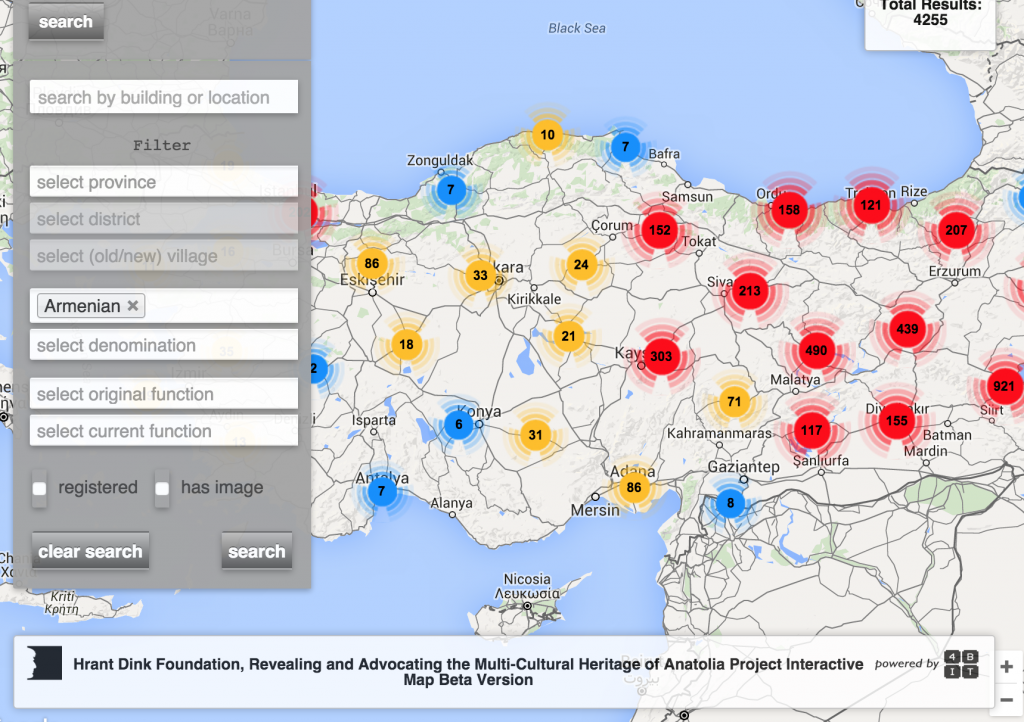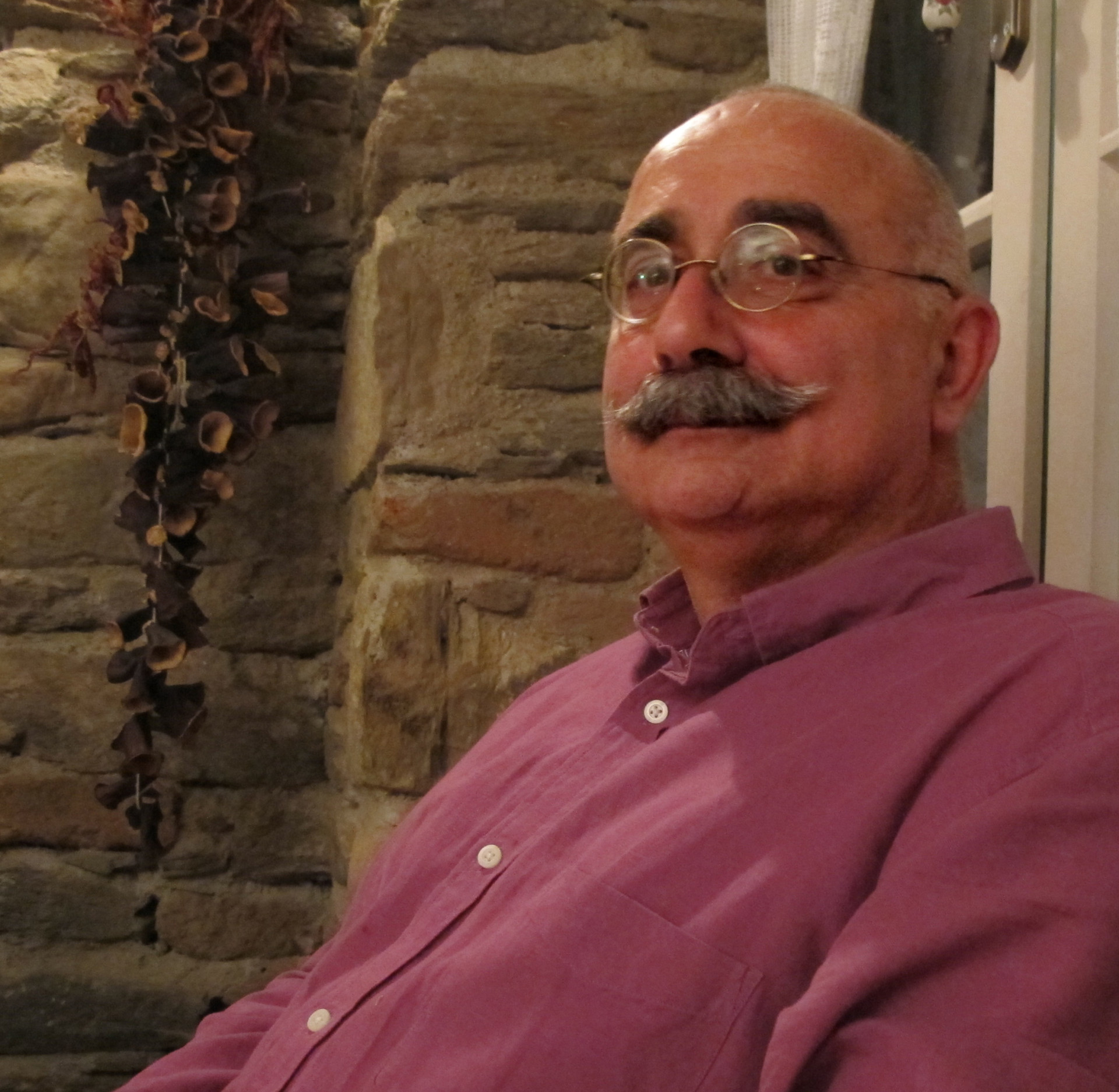This article spotlights a map from the Hrant Dink Foundation: Revealing and Advocating the Multi-Cultural Heritage of Anatolia. You can access the map here.
This year marks the 101st anniversary of the beginning of series of mass deportations and killings in the Ottoman Empire that culminated in a Genocide of Armenians, Greeks and Syriacs in the areas that today comprise Eastern Turkey and parts of northwestern Iran. Although the Turkish government continues to dispute the characterization of the killings as “genocide,” the facts remain that over the course of 1914-18, 1.2 million Armenians, 1.5 million Greeks and around 300,000 Syriacs were massacred in the process.

Last year, Ajam took the 100th anniversary of the genocide to focus on a number of projects that highlighted Armenian cultural productions and the future of the Armenian community. In the year since, an exciting new project dedicated to the preservation of cultural memory and heritage across Anatolia was initiated by the Hrant Dink Foundation: a map of cultural heritage sites across Anatolia.

Drawing on an earlier project started by imprisoned Turkish-Armenian writer Sevan Nisanyan, the Hrant Dink Foundation undertook the massive assignment of mapping hundreds of properties owned by the Armenian, Jewish, Greek and Syriac/Assyrian communities in the territory that now makes up modern Turkey. They have also included information on the properties’ current use or state.
This map is linked to the process of remembering the genocides and losses of many minority communities in the Ottoman Empire. For thousands of years, the land that occupies modern Turkey was a patchwork of different communities, ethnicities, and religions. By the late 1800s, communities of Armenians, Turks, Kurds, Assyrians, Circassians, Greeks, Jews, and others lived in close proximity across Anatolia. While this coexistence was hardly perfect and at times saw conflict, these communities lived alongside each other and established deep roots and connections to this land.
Before his 2008 assassination, the Istanbul-based Armenian writer Hrant Dink used to call the Armenian and Turkish communities two “unwell” communities, with only one panacea: “dialogue.” We hope that this work of the Hrant Dink Vakfi, an online map of different communities’ cultural heritage sites across Turkey, contributes to that dialogue by participating in shared practices of remembrance that spotlight historical sites that are still among us.
Last year, after the centennial of the genocide had passed, many were let down by the fact that no major developments occurred in the process toward healing the wounds of the genocide. In spite of this, the online mapping project by the Hrant Dink Foundation reminds us that there is still much work to be done in other ways: to fight for justice by radically remembering, and shining light on the ways the past is built into our present.










